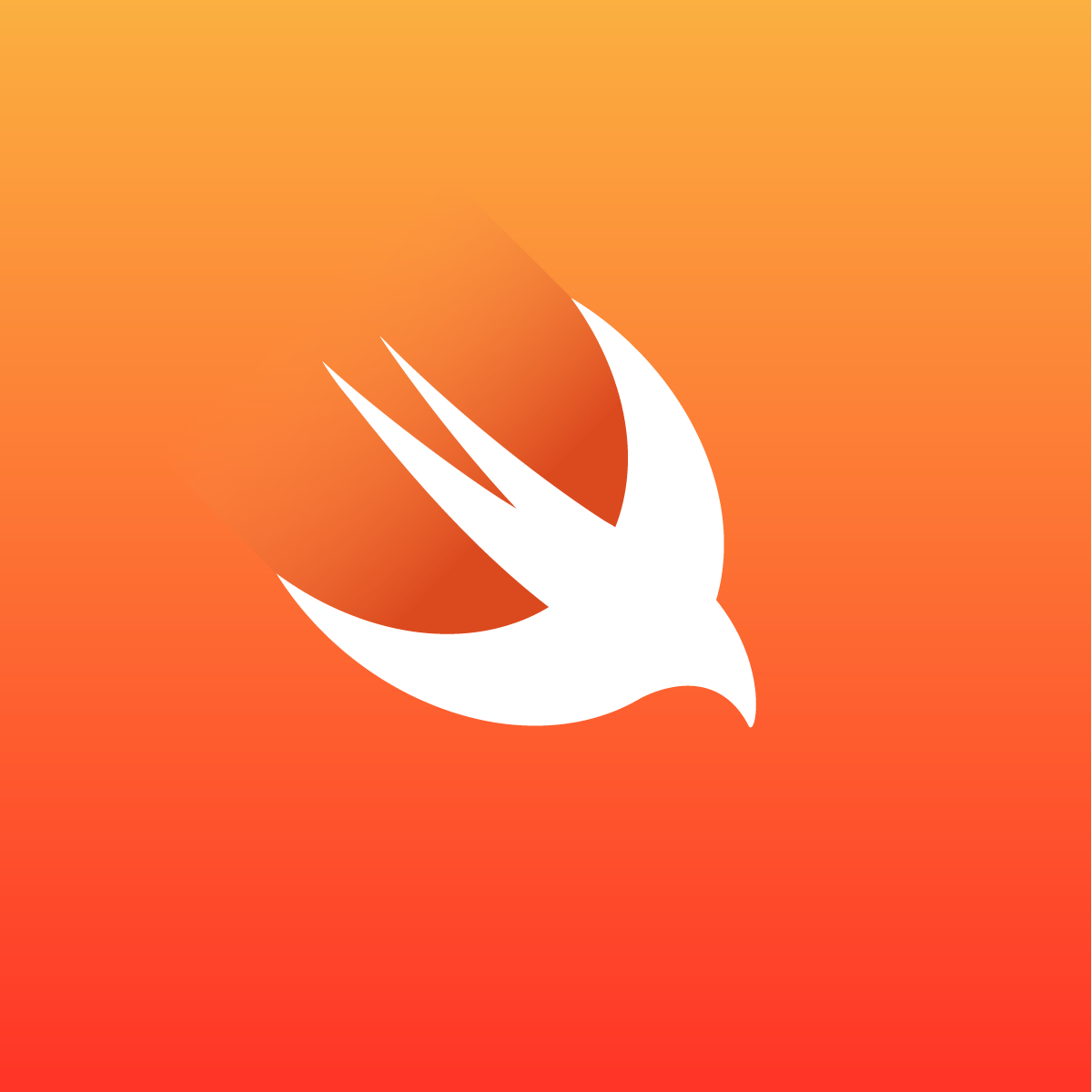- August 28, 2025
- Mins Read
UIAlertController drop in replacement with much more customization
You can literally replace UIAlertController by PopupViewController and UIAlertAction by PopupAction and you’re done. Does not support Action Sheet for now, just alert mode.
Simple example.
let alert = PopupViewController(title: “Alert title”, message: “Alert message, which can be very long and etc….”)
alert.addAction(PopupAction(title: “Ok”, type: .positive, handler: nil))
present(alert, animated: true, completion: nil)
Result:

By default it come with a dark theme, but where it become powerful is that you can customize it.
Example:
var customizable = PopupViewController.Customizable()
customizable.titleColor = UIColor.blue
customizable.positiveActionColor = UIColor.red
customizable.messageColor = UIColor.brown
customizable.messageFont = UIFont.boldSystemFont(ofSize: 22)
customizable.negativeActionColor = UIColor.brown
customizable.positiveActionColor = UIColor.blue
customizable.negativeActionBackgroundColor = UIColor.black
customizable.positiveActionBackgroundColor = UIColor.white
customizable.positiveActionHighlightColor = UIColor.green
customizable.negativeActionHighlightColor = UIColor.red
let alert = PopupViewController(title: “Alert title”,
message: “Alert message, which can be very long message and all that but nobody will ever read it.”,
customizable: customizable)
alert.blurStyle = .extraLight
alert.addAction(PopupAction(title: “Ok”, type: .positive, handler: nil))
alert.addAction(PopupAction(title: “Cancel”, type: .negative, handler: nil))
present(alert, animated: true, completion: nil)
Result:

Yes this is very ugly. But you know…
You can also set a static Customizable, it’ll be re used if you pass no customizable in the PopupViewController constructor.
var customizable = PopupViewController.Customizable()
customizable.titleColor = UIColor.blue
customizable.positiveActionColor = UIColor.red
customizable.messageColor = UIColor.brown
customizable.messageFont = UIFont.boldSystemFont(ofSize: 22)
customizable.negativeActionColor = UIColor.brown
customizable.positiveActionColor = UIColor.blue
customizable.negativeActionBackgroundColor = UIColor.black
customizable.positiveActionBackgroundColor = UIColor.white
customizable.positiveActionHighlightColor = UIColor.green
customizable.negativeActionHighlightColor = UIColor.red
PopupViewController.sharedCustomizable = alertCustomizable
Installation
Normal
Add pod 'PopupViewController' in your podfile and then run pod install
Dev mode
Clone this repository and and run pod install in both the PopupViewController and Example directory.
Note
It use the amazing Cartography as a dependency for now because I’m a lazy ass and I don’t want to look at the Apple doc for the ugly Autolayout code hint.
GitHub
- August 27, 2025
- SwiftUI
This package provides you with an easy way to show tooltips over any SwiftUI view, since Apple does not provide ...
- August 27, 2025
- SwiftUI
- Uncategorized
SimpleToast is a simple, lightweight, flexible and easy to use library to show toasts / popup notifications inside iOS or ...
- August 27, 2025
- SwiftUI
Create Toast Views with Minimal Effort in SwiftUI Using SSToastMessage. SSToastMessage enables you to effortlessly add toast notifications, alerts, and ...



